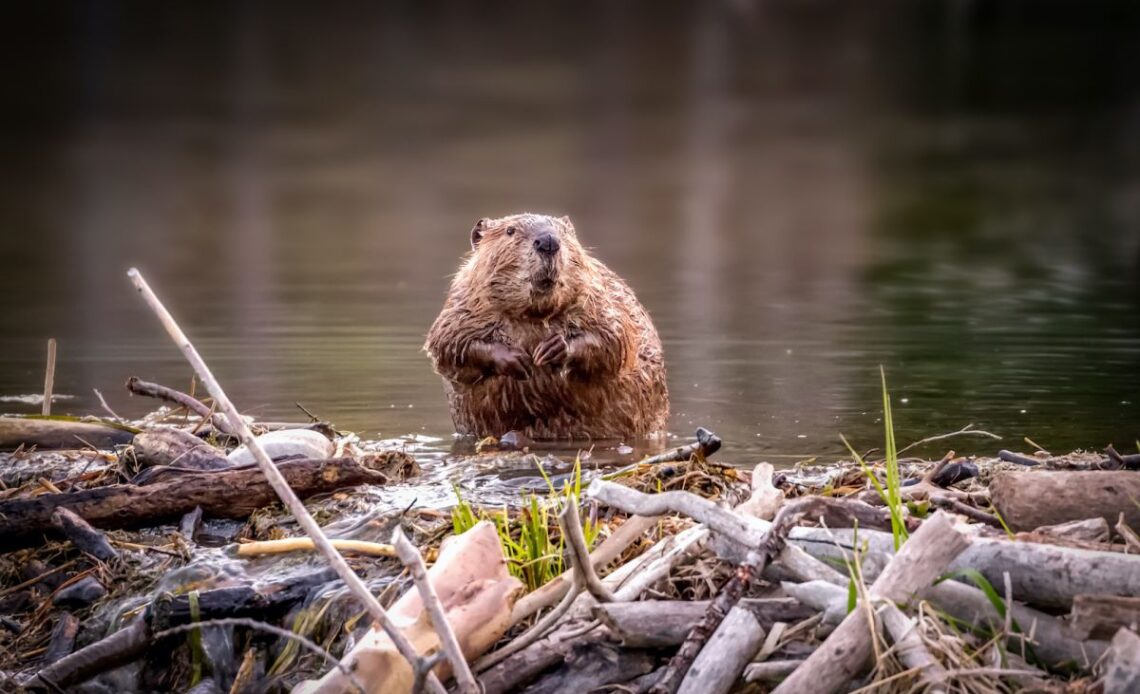Beavers are renowned for building dams, which the animals construct from trees and branches they cut using their strong front teeth, according to the National Park Service (opens in new tab). The rodents also use grass, rocks and mud to reinforce these structures.
But why do American beavers (Castor canadensis) build dams? Do they live in them?
Put simply, beavers build dams to stay safe, which is particularly challenging considering their awkward body shape and ungainly nature. “Beavers are 40-to-80-pound [18-to-36 kilogram] smelly bags of meat with really short legs,” Chris Jordan (opens in new tab), a fisheries biologist at the National Oceanic and Atmospheric Administration (NOAA)’s Northwest Fisheries Science Center in Newport, Oregon, told Live Science in an email.
That makes these large rodents easy prey. “When beavers are on the land, they’re very awkward and vulnerable, like great big chicken nuggets waddling around that any predator would be happy to have as a meal,” Emily Fairfax (opens in new tab), an ecohydrologist at California State University Channel Islands in Camarillo, California, told Live Science in an email. “But when they are in the water, they’re nearly invincible. They’re outstanding swimmers and can hold their breath for 10 to 15 minutes. By building a dam, they create a pond, and that pond is their safety zone.”
These bodies of water are deep enough for beavers to hide from predators, such as mountain lions, bears, wolves and coyotes, Jordan said. Damming can also flood areas to bring beavers closer to their main source of food, he noted. This includes the bark, leaves and twigs of trees, as well as aquatic plants, such as water lilies and cattails, according to a factsheet from King County, Washington (opens in new tab).
Related: What is the world’s tallest tree?
Furthermore, “beavers dig extensive canal networks behind their dams to spread the water,” Jordan said. This can safely bring them closer to trees, but it also helps “in transporting larger pieces of food and building materials back to their lodge, dam and food cache.”
Although dams protect beavers, they do not dwell within these structures. Instead, they often live in oven-shaped lodges made of sticks, grass, moss and mud built in or on the shore of the ponds their dams created, according to the University of Michigan’s Animal Diversity Web online database (opens in new tab). In these…
Click Here to Read the Full Original Article at Livescience…

